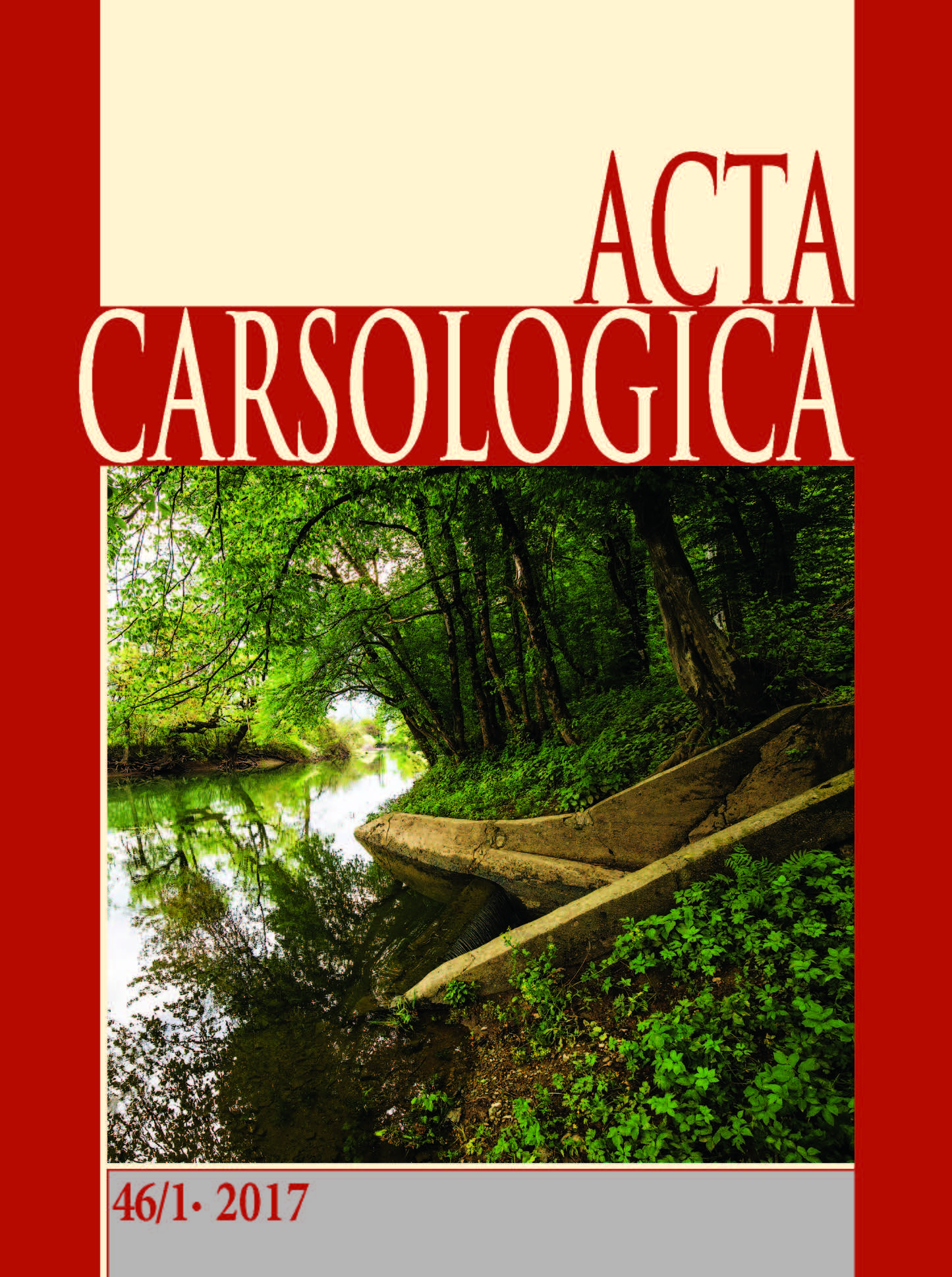Highlights of some human adventures in a karst environment: the case of the Monti Lessini, Venetian Prealps, Italy
DOI:
https://doi.org/10.3986/ac.v46i1.6595Keywords:
man and karst, understanding of the karst environment, exploitation of natural resources, Monti Lessini, Venetian Prealps, ItalyAbstract
The Monti Lessini, a mountain group located north of the town of Verona, has been the scene of many different human adventures, some of them related to the local karst environment and features. In particular, during the Late Middle Ages, the Renaissance and the Modern Age, interesting undertakings linked with natural monuments and peculiarities of the karst environment, have involved famous people, cultural leaders of the time, as well as local inhabitants. Amongst celebrities there are hints that: 1) during the XIV. century Dante Alighieri visited some karst cavities in the mountains, 2) during the XV. century the famous painter Andrea Mantegna painted an image of the Ponte di Veja, a natural bridge, in the Camera degli Sposi of the Ducal Palace of Mantua. Of contemporary cultural leaders: 1) in the XVI. century the pharmacist, Francesco Calceolari, created one of the first Wunderkammer in the world in Verona, an exhibition of curious objects collected in the mountains, 2) in 1739 the local priest, Gregorio Piccoli, starting from a description of paleontological cave fillings, proposed an interesting and in some respects modern interpretation of the geological history of the mountains. The local inhabitants of the mountain have been able not only to solve some of the environmental problems caused by the scarcity of surface water, but also to exploit some of the unusual resources such as ice trapped in caves. They also developed a system of producing ice and of storing it in cylindrical warehouses inspired by the local karst shafts. They understood aspects of the functioning of the karst geosystem, including underground karst hydrology and the dynamics of the epikarstic zone. Thus, here in the Lessini existence of the epikarst was understood by simple people long before the modern researchers.
Key words: man and karst, understanding of the karst environment, exploitation of natural resources, Monti Lessini, Venetian Prealps, Italy.
Človek in kras: primer Lesinskih Alp, Beneške predalpe, Italija
V Lesinskih Alpah, gorski skupini severno od Verone, so se dogajale številne zanimive zgodbe, med njimi tudi takšne, ki so neposredno povezane s krasom in kraškimi pojavi. V poznem srednjem veku, renesansi in moderni dobi, se z lesinskim krasom srečajo številne zgodovinske osebnosti iz kulturnega življenja in drugih okolij. V XIV. stoletju naj bi tu nekatere jame obiskal Dante Alighieri, slikar Andrea Mantegna je narisal naravni most Ponte di Veja, slika danes krasi poročno dvorano Vojvodske palače v Mantovi. V XVI. stoletju je farmacevt Francesco Calceolari ustvaril prvo sobo čudes (Wunderkammer) na svetu, kjer je predstavil nenavadne predmete iz Lesinskih Alp. Leta 1739 je duhovnik Gregorio Piccoli opisal paleontologijo jamskih sedimentov iz lesinkih jam in predstavil skoraj moderno interpretacijo geološke zgodovine gorovja. Krajevni prebivalci so na izvirne načine reševali težave z oskrbo vode na krasu, po drugi strani pa so s pridom izkoristili naravne vire, ki jih nudi kras, npr. jamski led. Po vzoru kraaških brezen so izdelovali tudi skladišča za led. Prebivalci so razumeli osnovna načela delovanja kraškega okolja, podzemne hidrologije in dinamike epikrasa ter jih izkoriščali v svoj prid že veliko pred razvojem modernega krasoslovja.
Ključne besede: človek in kras, razumevanje kraškega okolja, izkoriščanje naravnih virov, Lesinske Alpe, Beneške predalpe, Italija.
Downloads
Downloads
Published
How to Cite
Issue
Section
License
Authors guarantee that the work is their own original creation and does not infringe any statutory or common-law copyright or any proprietary right of any third party. In case of claims by third parties, authors commit their self to defend the interests of the publisher, and shall cover any potential costs.
More in: Submission chapter





